The 14th
LaureateTheatre/ Film
Jean-Luc Godard
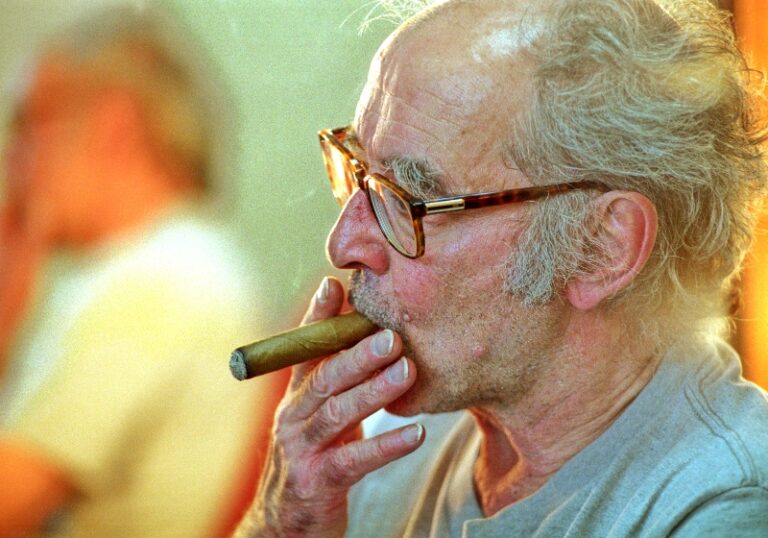
Jean-Luc Godard was born in Paris in 1930,and grew up in Switzerland. He returned to Paris in the late 1940’s to study and during this period he met André Bazin,François Truffaut,and others who would be central to the French Nouvelle Vague movement of the 1960s. He is widely recognized as one of the filmmakers who have most influenced the modern art and language of the medium. Breathless(A Bout de Souffle)(1959),Godard’s first full-length film was to become an epoch-making point in motion picture history. Godard continues to explore new techniques in film and video. Godard’s works,from Breathless through his most recent,Eloge de l’Amour(2001),challenge his contemporaries and also have an immense influence on artists working in many different fields.
Biography
Jean-Luc Godard was born in Paris in 1930. He grew up in Switzerland and now lives in Rolle,Switzerland. He returned to Paris in the late 1940’s to study anthropology at the Sorbonne University. During this period he met André Bazin,François Truffaut,Jacques Rivette,Éric Rohmer,Claude Chabrol,Alain Renais,and others who would be central to the French Nouvelle Vague movement of the 1960s.
Godard is widely recognized as one of the filmmakers who has most influenced the modern art and language of the medium. Breathless(a bout de souffle)(1959),Goddard’s first full-length film,based on an original story by François Truffaut,was to become an epoch-making point in motion picture history,and a representative Nouvelle Vague work. Godard continued to explore new techniques in such films as My Life to Live(1962),Pierrot le fou(1965),Alphaville(1965),and Weekend(1968).
Godard started to work in video in the 1970s during a period of Marxist formal experiments. His 1979 film,Every Man for Himself,and First Name: Carmen(1983) mark Godard’s return to a more straightforward narrative style. In Passion(1981) and other works,he has investigated the creative process and work of Titian and Tintoretto,El Greco,Goya,and Rembrandt,Maillol,and Rodin. Godard continued to work in video as well,and his Histoire(s) du Cinema(1988 - 98) incorporates a kind of “essay” form with layers of art images and film sequences,voice-over texts and music,and letters and words in large type over the imagery. The use of language is calligraphic and the juxtapositions suggest a variety of meanings. Histoire(s) du Cinema is a project Godard conceived as a history of the movies and of history through movies,structured in video “chapters.”
Godard’s works,from Breathless through his most recent,Eloge de l’Amour(2001),challenge his contemporaries and young artists to strive for complexity and beauty in their work. Since his films refer to ideas,images,and concepts that extend far beyond the world of cinema,touching on an enormously wide range of issues and human concerns,Godard has also had an immense influence on other artists working in many different fields. It is noteworthy also that he began his career as a writer and critic before becoming one of the representative directors of the 20th Century and continues his ceaseless pursuit of new cinematic experiments and new philosophical approaches.
Chronology
La Chinoise
-
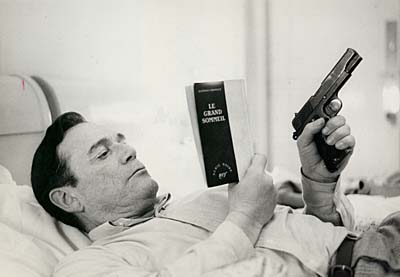
Alphaville, 1965
-
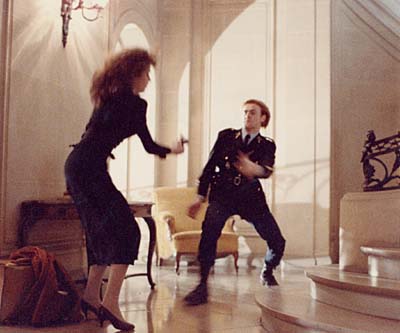
Prenom Carmen, 1983
-
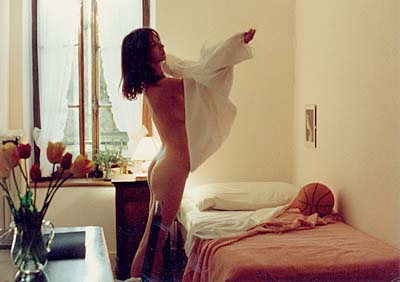
Je vous salue Marie, 1983
-
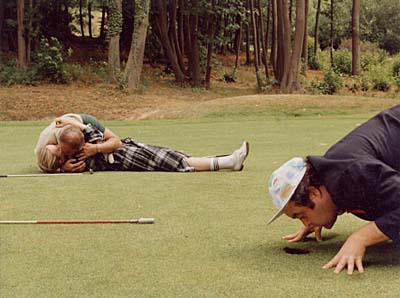
Soingne ta droite, 1987
-
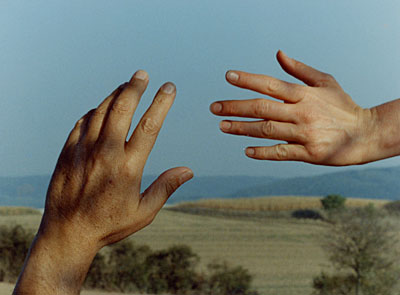
Nouvellevague, 1990
-
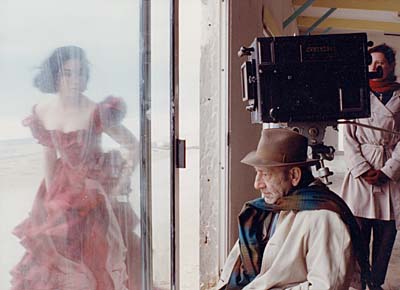
For Ever Mozart, 1996
-
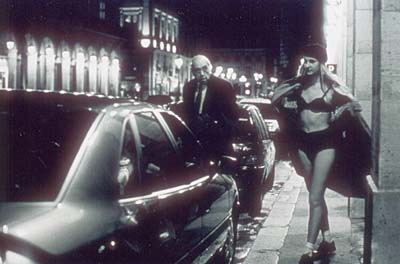
Eloge de l'amour, 2001
-
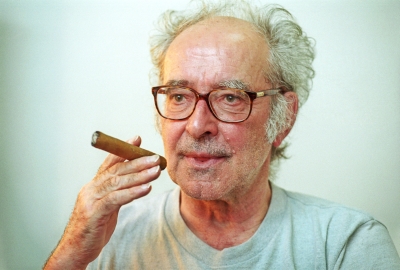
©The Sankei Shimbun

